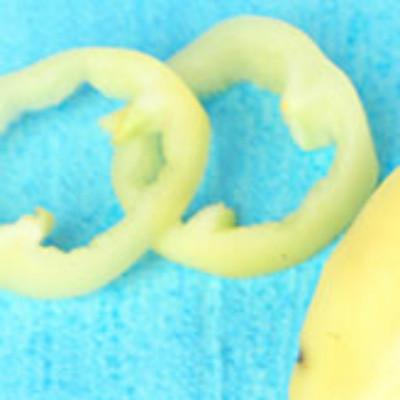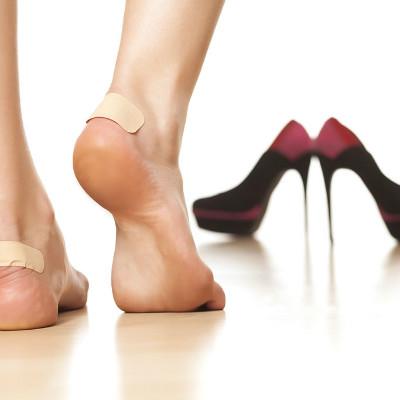Symptoms of mango dermatitis
summary
Mango dermatitis is a kind of allergic contact dermatitis, which can produce type IV allergic reaction to some substances that come into contact with the skin, leading to eczema like changes in the skin. Mango dermatitis is due to the patient's special constitution, will be allergic to mango sap, leaves, tree trunks, mango skin. For people who first contact mango, the rash may not appear until six days later. For patients who repeatedly contact mango, it may appear for several hours.
Symptoms of mango dermatitis
Mango dermatitis is a kind of allergic contact dermatitis. The so-called allergic contact dermatitis is due to the special constitution of patients, which will produce type IV allergic reaction to some substances that come into contact with the skin, that is, the so-called delayed allergic reaction, leading to eczema like changes in the skin. These substances that can cause allergies are called allergens. Repeated contact with allergens can cause eczema reaction repeatedly. Usually, the reaction will appear faster and stronger.
According to an article published by the American Society of dermatology in July 2004, there are more than 3000 kinds of allergens known to cause allergic contact dermatitis in human beings, including hair dyes, metals, pain ointment or topical ointment, cosmetics, preservatives, clothing materials, fruits, flowers and trees, etc.
Mango dermatitis is due to the patient's special constitution, will be allergic to mango sap, leaves, tree trunks, mango skin. For people who first contact mango, the rash may not appear until six days later. For patients who repeatedly contact mango, it may appear for several hours.
matters needing attention
For prevention, if there are people with special constitution such as mango allergy, it is recommended to avoid contacting the trunk, stem and leaf of mango, especially the juice of mango tree, because it contains the strongest allergen. If you want to eat mango, you'd better ask someone else to peel it to avoid contact with allergens on the peel. As there are reports of allergy to 0.5cm subcutaneous pulp, it is suggested that if patients want to eat mango, they should cut off more surface pulp, cut mango into small pieces, and then eat a small amount, which can reduce the occurrence of allergy, and those with severe allergy should not eat it. If once allergic dermatitis attacks, it is best to seek professional treatment from a dermatologist as soon as possible.












